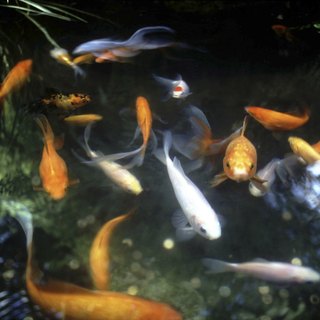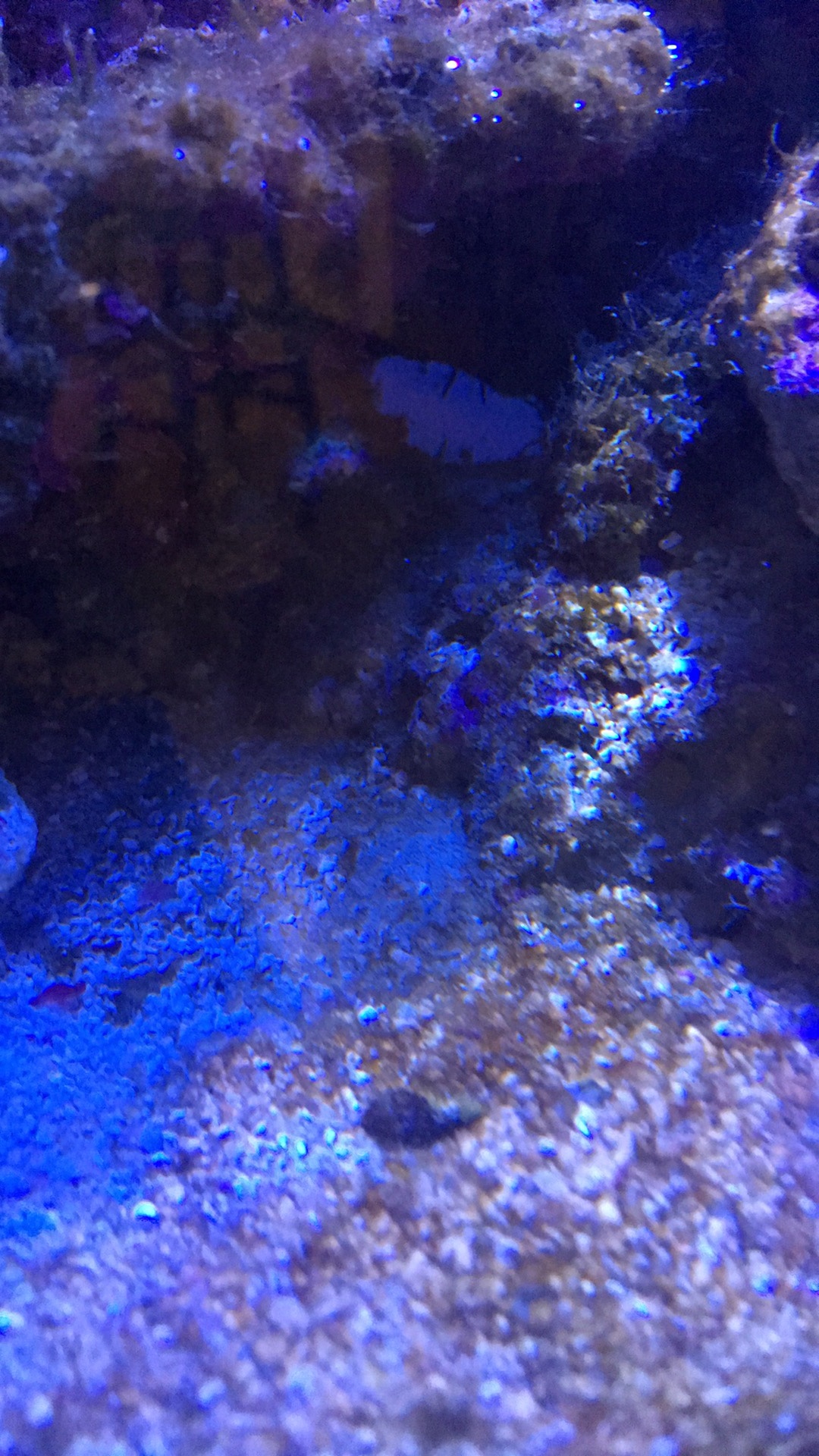- Feed And Grow Fish Got Rid Of Mantis Shrimp Youtube
- Feed And Grow Fish Got Rid Of Mantis Shrimp Pictures
As aquarists, it brings us great joy seeing the organisms in our tanks not just survive but thrive and grow. To the reef aquarists it’s a more acute feeling, whether it’s seeing our single polyp of rasta zoanthid start growing like mad or that acropora frag that you’ve had for months start growing ever so slightly at the base of the plug that it’s on. That feeling of excitement at seeing our corals and other organisms grow in our tanks is, for most, the reason we keep a reef tank. This is why it’s heartbreaking and frustrating when your corals become dinner for some strange little creature that has randomly appeared in your beautiful tank. Sadly this happens more often than not, but there is hope! In this piece I’ll go over a few more common pests that can appear in a reef aquarium and how to remove them safely so that your coral can once again go about growing and thriving.

Flatworms
Mantis Shrimp Care. More experienced aquarists can house mantis shrimp in aquariums. The peacock mantis is the most popular species in aquariums because they are quite colorful. They require rock or sand to tunnel in, and prey to feed on. Unfortunately, if they accidentally get into a tank via live rock, they can be very difficult to remove.
Flatworms, also known as planaria, are flat disc shaped worms that crawl on corals and coralimorphs. The reason they do this is because they contain symbiotic zooxanthellae in their tissue that perform photosynthesis and provide the flatworm with nourishment and in exchange get a home just like corals. This means they have to find a nice bright location for the algae to perform photosynthesis, and the best place in a reef tank is unfortunately on our corals. When they do this they can effectively smother corals with their numbers and prevent the corals themselves from photosynthesizing.
Treatment
The best way to remove flatworms is by manual removal, the most efficient method is dipping the affected corals. The best results we’ve seen is from Revive by Two Little Fishes. The dip will knock off the flatworms almost immediately. Another way to get rid of flatworms is using a predator. Blue Velvet Sea Slugs of the genus Chelidonura are highly efficient at eating flatworms but unfortunately don’t live very long after eradicating them.
Nudibranchs
We all know about the beautiful, colorful sea slugs from nature documentaries. The ones I’m talking about are anything but. Coral eating nudibranchs typically feed on montipora and zoanthid corals in reef tanks. The main problem with nudibranchs is that they not only eat corals but they also lay lots of egg clusters near their victim so that their offspring have a meal as soon as they hatch. The eggs look like the cerata on the adult nudibranch’s back and are laid in clusters that often look like spirals on or near their host coral.
Treatment
Just as you would get rid of flatworms, dipping corals affected with nudibranchs will remove the adults. The eggs however can really only be removed manually with a pick-like tool of some kind. If you don’t want to poke and prod your corals to remove the eggs dip the corals constantly until no more nudibranchs are found.
Mantis Shrimp
Everybody knows about these guys and dreads hearing that clicking sound in their tanks. Mantis shrimp are not typically a threat to corals but pose a very real threat to the fish and other motile invertebrates that call a reef tank home. Some species of mantis shrimp that hitch a ride in live rock are nocturnal and are active hunters during this time. This is of course bad news for the unsuspecting fish that’s caught sleeping in a rock or the snail that’s happily grazing on algae.
Feed And Grow Fish Got Rid Of Mantis Shrimp Youtube
Treatment
Unfortunately, mantis shrimp are difficult to remove from an established aquarium. The best way to remove them is to make an effective trap or find the spot in the tank that it calls home and remove it manually. If you choose the latter route, use caution. Mantis shrimp claws can hit with enough force to create light, heat and sound. As one can imagine it’s not a great feeling when one of these guys attacks your hand so use extreme caution in removing and handling a mantis shrimp.


Feed And Grow Fish Got Rid Of Mantis Shrimp Pictures
These are a few of the pests that plague reef aquariums. The best way to remove these little devils is to ensure they don’t get into your tank in the first place. Prevention is key when it comes to stopping outbreaks of these little critters from making your experience in reef aquaria less than enjoyable.